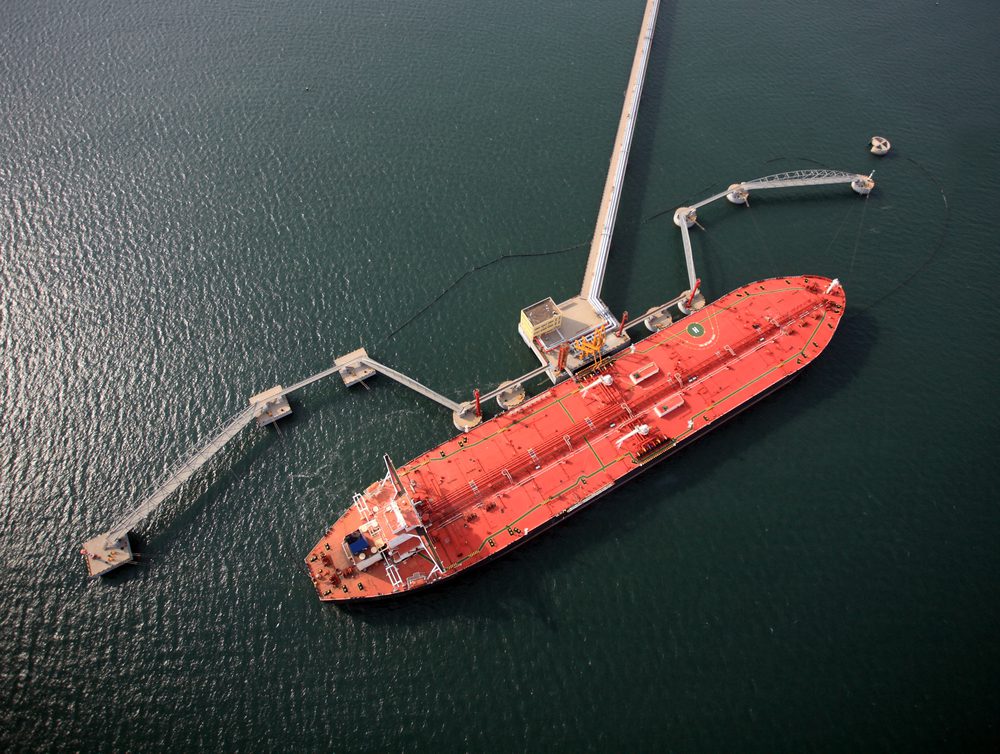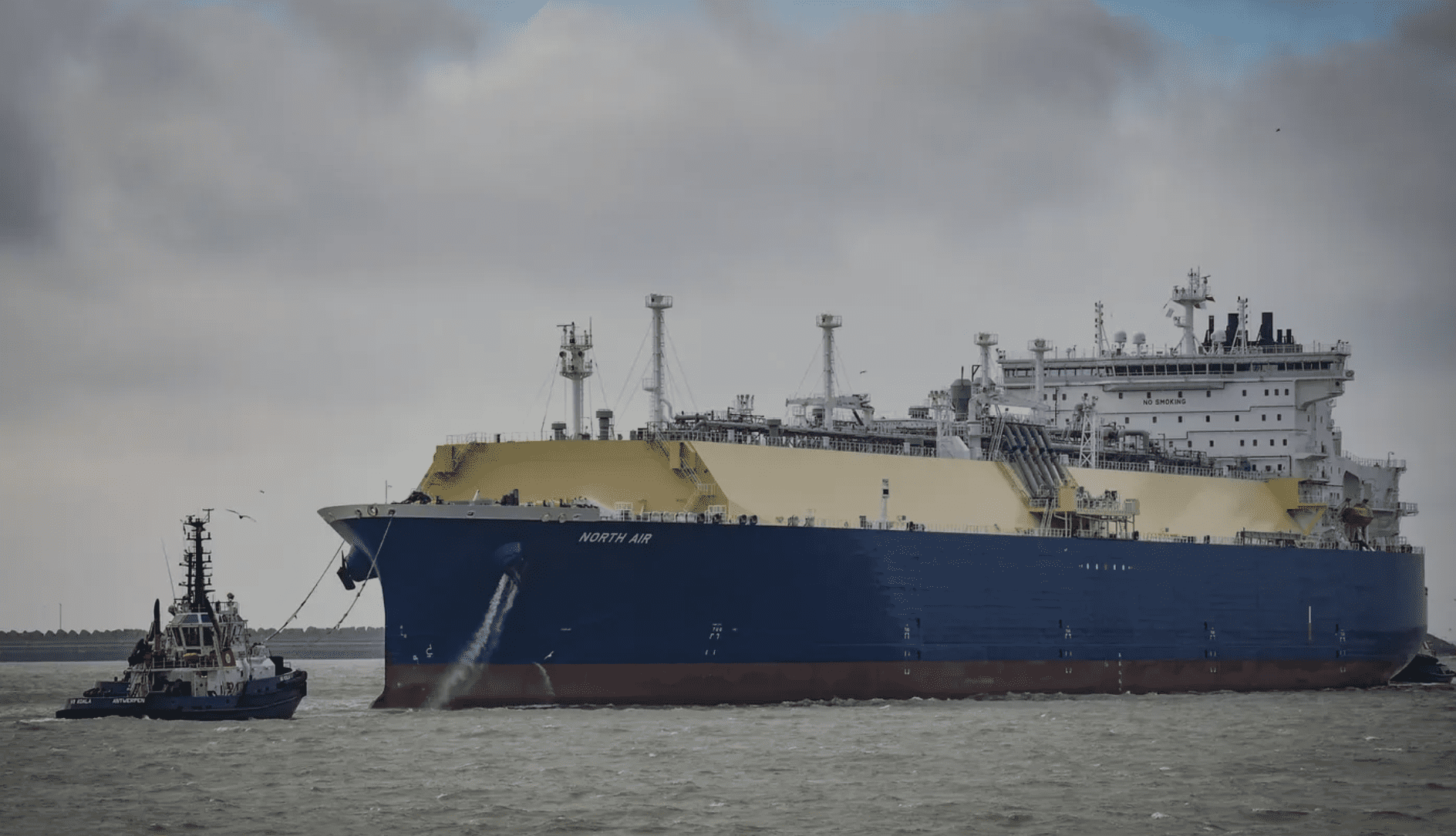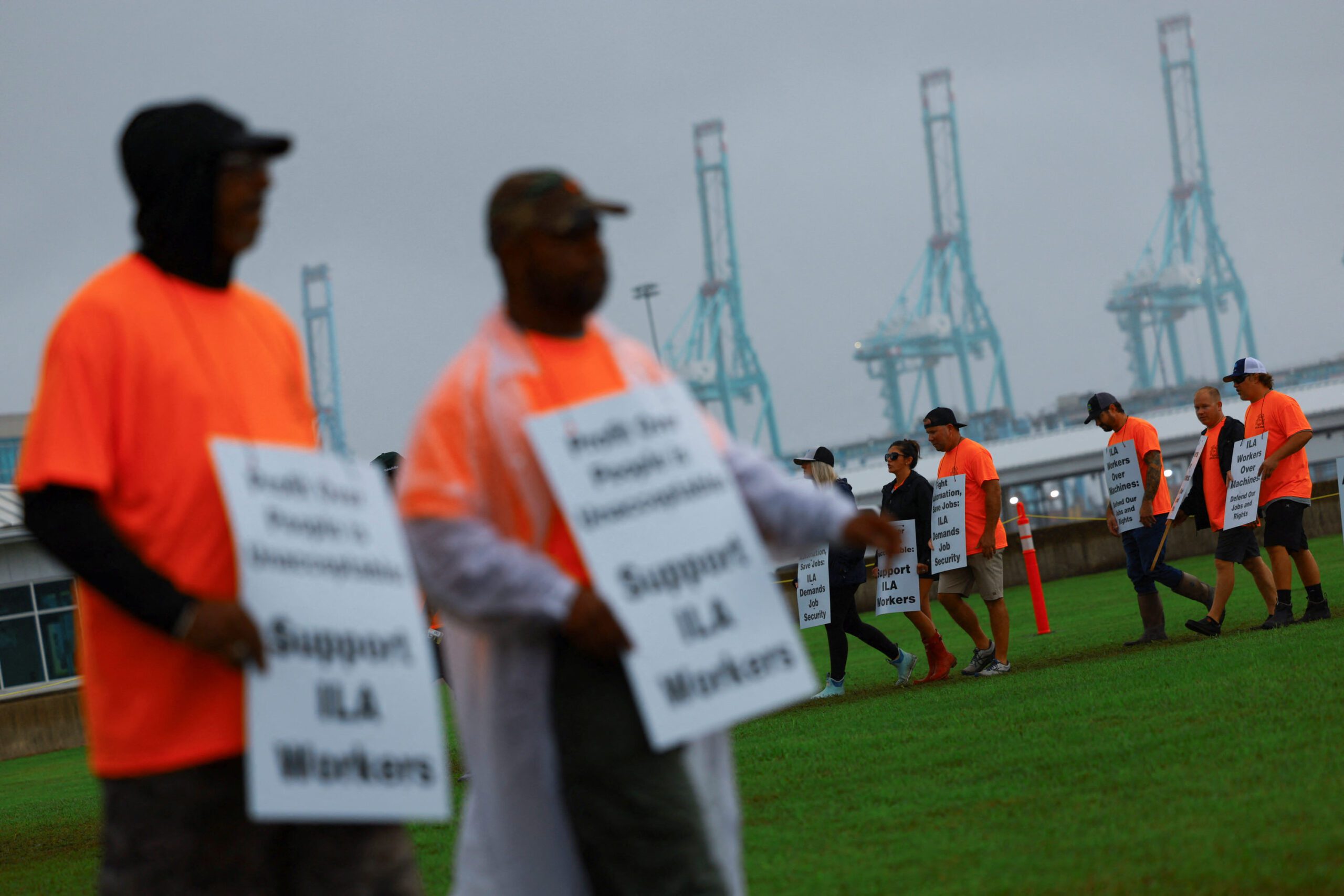Houthi attacks on shipping have triggered a sharp rise in ocean freight rates, surpassing the speed of increase experienced during the initial phase of the Covid-19 pandemic, reports Xeneta, an ocean freight benchmarking firm based in Oslo.
According to Xeneta data, shipping costs on main routes from the Far East to Europe surged over 200% within the first 52 days of the Red Sea crisis as container shipping lines rerouted ships around the Cape of Good Hope. This increase is faster than that observed during the equivalent initial period of the pandemic.
Emily Stausbøll, a Market Analyst at Xeneta, commented that although the rates haven’t reached the heights seen during Covid-19, the sudden onset of the Red Sea crisis has led to a more rapid increase. This has arguably caused more disruption than during the pandemic’s early months, she notes.
However, the ramifications of the Red Sea crisis, while more immediate, are not seen as being as long-lasting as the pandemic.
According to Xeneta, shippers are growing suspicious of carriers trying to maintain high rates. A poll among Xeneta customers revealed that almost two-thirds have been told their current contract agreements, including minimum quantity commitments (MQCs), will not be upheld, pushing them towards the freight all kinds (FAK) market and higher rates.
Peter Sand, Chief Analyst at Xeneta, noted that everyone is pointing fingers amid the prevailing uncertainty.
“Ocean freight carriers did not invent this crisis and it takes time for them to put in new shipping networks to deal with the disruption caused by diverting away from the Suez Canal,” said Sand “However, you can also see this from the shippers’ perspective who may view the rate increases as carriers acting opportunistically to maximise the money they can make.”
With the market anticipated to peak in February, it’s uncertain how long shippers will tolerate the situation.
Stausbøll suggests that rates will inevitably decrease once carriers can handle the capacity shortage in the Far East, caused by delayed ship returns from Europe via the Cape of Good Hope.
“At the moment shippers may accept the carriers’ argument that it takes time to react to such an unexpected and sudden crisis, but that will only last so long and we may see rates begin to flatten or decline sooner than many anticipated,” she said.

 Join The Club
Join The Club










